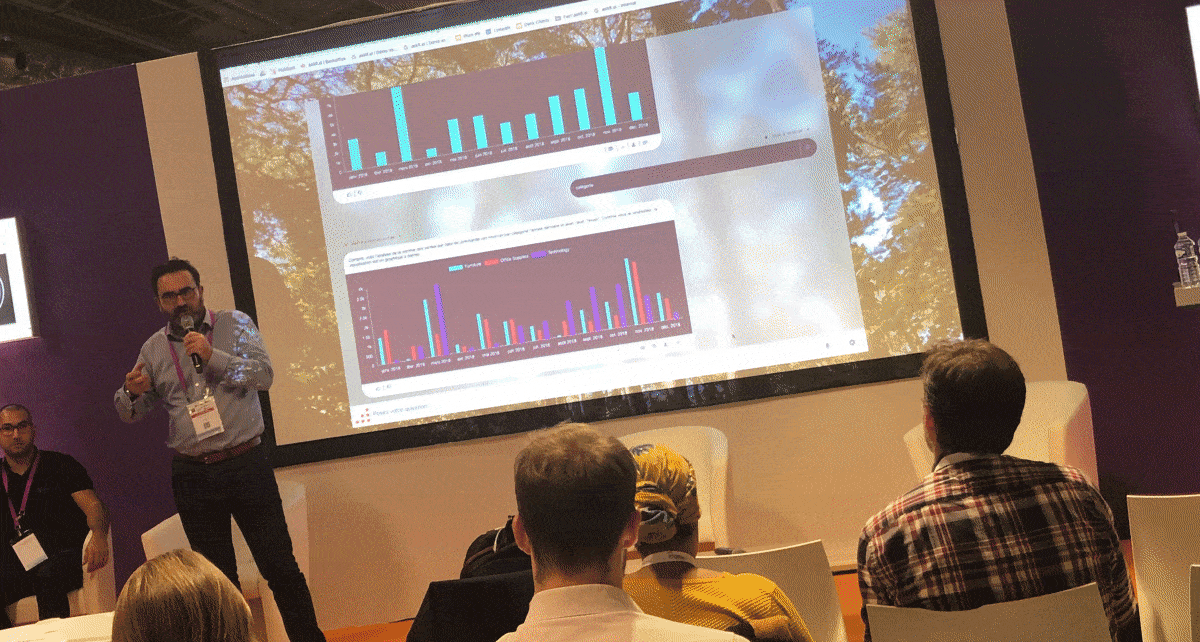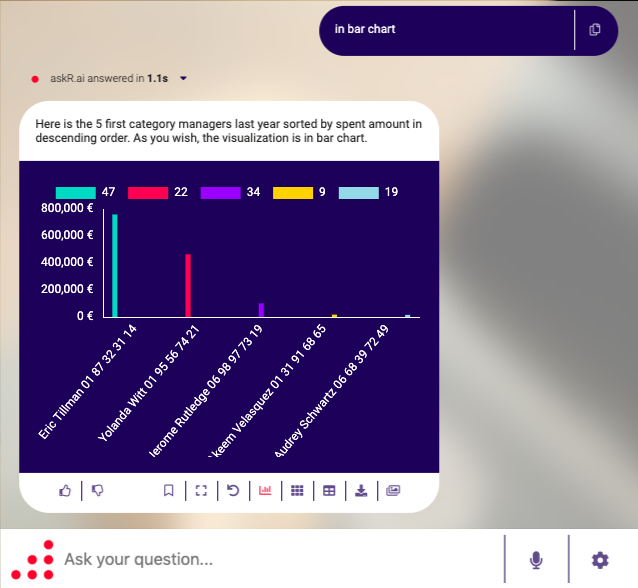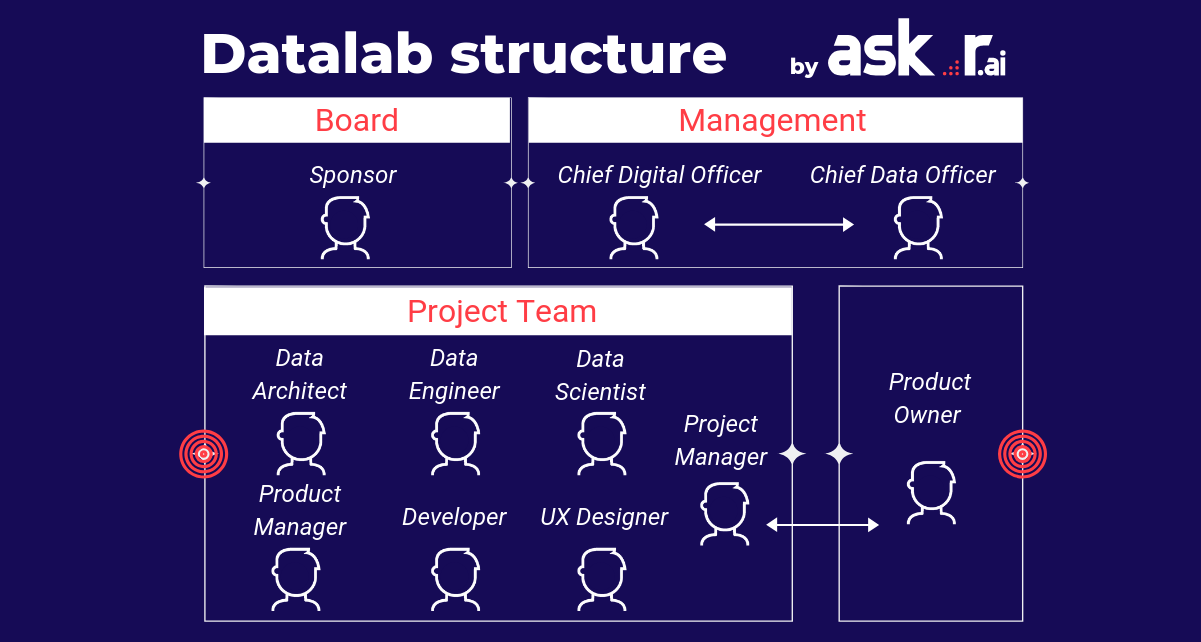Being a purchasing director in 2020 means being aware of the growing importance of its role in terms of leading innovation in the company. Purchasing has in fact a double impact, as a performance driver that is key to maintaining and improving margins, but also in being at the forefront of innovation.
What is the impact on the strategic organisation of the purchasing department? What are the new challenges arising from the digitalisation of the purchasing department?
The increase in the volume/speed/variety of data in recent years has increased the risks related to the strategic integration of data. It is therefore up to the purchasing department to ensure that it anticipates these risks in its daily operations.
—————————————-STRATEGIC INTEGRATION OF DATA———————————————-
CHALLENGE #1 - CHECKING DATA PROPERTY
More and more data is being collected by the purchasing department throughout the supply chain. This raises the question: when sensors are installed, for packaging reception for example, does the data belong to the company that manages the sensors, the manufacturer of the sensors, the company that had the sensors installed, etc.? Agreements need to be defined prior to this in order to be able to use this information correctly and transparently, as there is a real risk linked with data sovereignty.
CHALLENGE #2 - SCRUBBING COLLECTED DATA
Collecting data is not enough to offer new opportunities. It is necessary to clean and standardise this data, which requires new skills... The purchasing department must therefore consolidate and clean its data thanks to skills developed internally, or externally with data specialists. One of the challenges will be to automate these two structural but redundant tasks
CHALLENGE #3 - PREDICTING RISKS THROUGH IA
Another challenge will be to use this data in machine learning simulations. Different solutions will be able to provide valuable input to purchasing departments, which would otherwise be impossible to get. AI offers the possibility of predicting trends (order peaks, stock shortages, cost increases or even identifying potential risk situations with suppliers (see this article).
————————————————————-SUPPLY CHAIN ———————-————————————-
CHALLENGE #4 - SUPPLY CHAIN OPTIMISATION THROUGH CUSTOMER DATA
The increasing amount of data available on production lines represents an incredible opportunity for process optimisation. After integrating the data from the different management tools into a common IS, traceability can be clearly improved, as well as reducing storage costs. Close collaboration and data pooling between the purchasing and logistics departments will be essential for the purchasing department to meet this challenge.
CHALLENGE #5 - TACKLING INCREASING ELECTRONICS-RELATED EXPENSES
Regarding the evolution of the type of purchases within the company, purchases of electronic equipment has boomed. Between the performance needs of employees and the programmed obsolescence of suppliers, the purchasing department will have to anticipate the importance of this type of expenditure.
———————————————-—————-SOURCING—————-———————————————-
CHALLENGE #6 - FINDING INNOVATION: THE UNEXPECTED CHALLENGE
Unexpected but logical, as purchasing is nowadays at the forefront with external suppliers. As start-ups grow in size, the relationship is changing: large/small organisations, SaaS subscription... The trend at most companies to centralise purchases is driving the purchasing department to take on this new approach. But it also puts the purchasing department in direct contact with the market and its evolutions, and can become the number one source of information on innovation in the sector for the rest of the company.
———————————————- TRANSACTIONAL —————————————————-
CHALLENGE #7 - PROCESS IMPROVEMENT
This is not new to purchasing managers. However, digitalisation brings new opportunities, especially in Source-to-Pay or supplier reference management. For instance, digitalisation allows intelligent recording of the data to be integrated, or immediate access to all the elements of the transaction.
Automated Procurement-to-Pay and expense analytics accessible through a data-assistant capable of answering questions also represent a major innovation for procurement. Real-time and accurate decision making is a huge advantage for purchasing departments!
>> Discover askR.ai, the head of procurement data-assistant <<
































